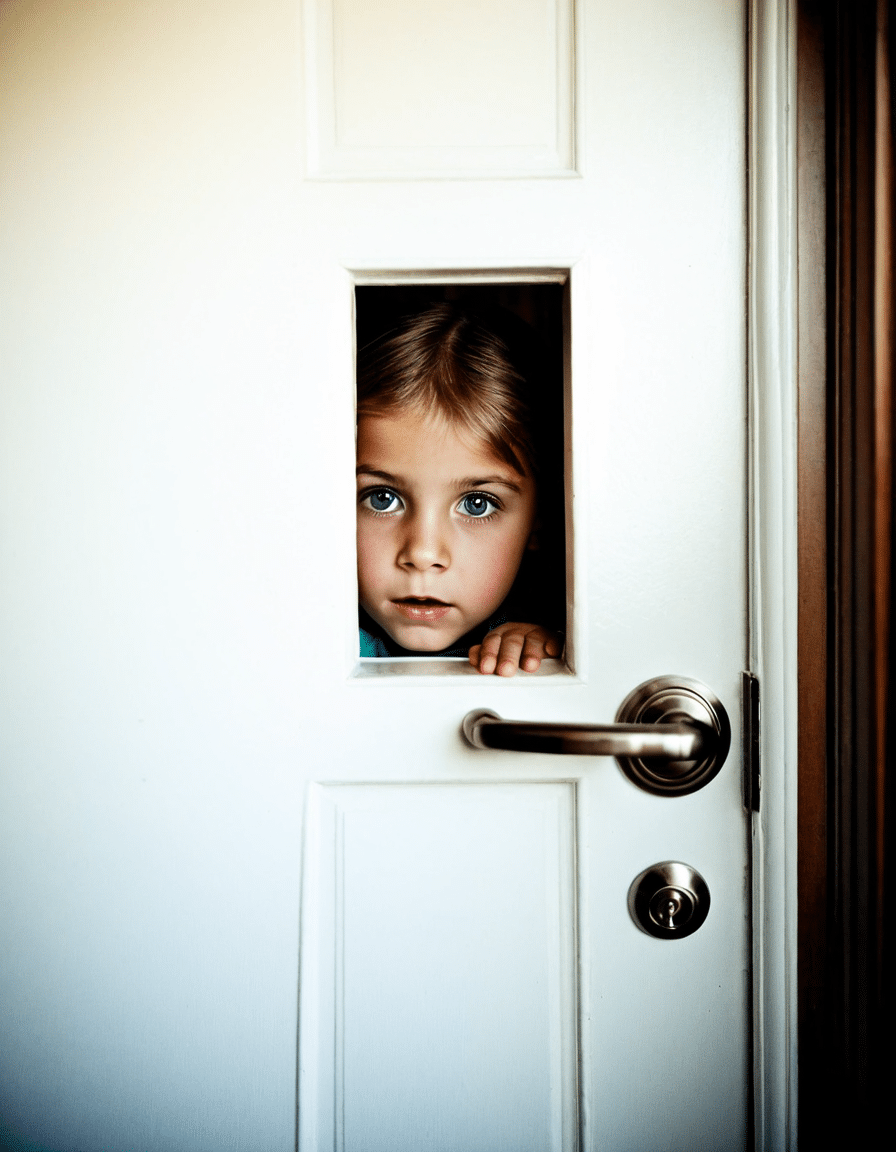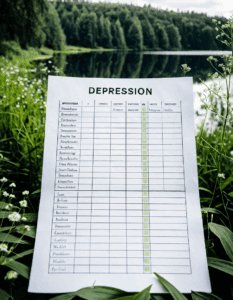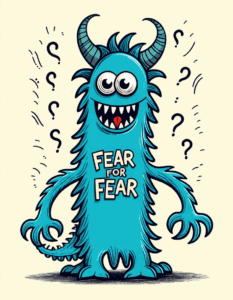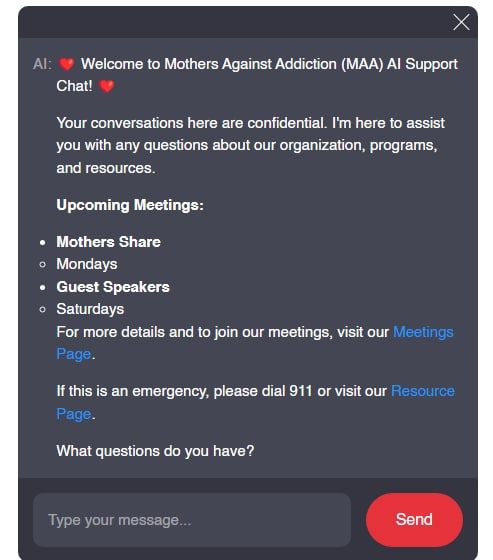Paranoia is a term that often gets thrown around, but what does it truly mean? To define paranoia is to delve into a complex psychological landscape marked by irrational thoughts and intense feelings of distrust. Individuals grappling with paranoia might feel that others are out to get them, or they may interpret harmless actions as hostile or threatening. Think of it as suspecting someone is whispering secrets behind your back, even when nothing is happening. The intensity of these thoughts can range from mild unease to severe psychotic delusions, influenced by a charcuterie board of factors—stress, trauma, or underlying mental health disorders.
But paranoia doesn’t just impact the individual; it casts a long shadow over their relationships and daily lives. It’s crucial to understand how this condition manifests in the world around us, especially for the parents witnessing their children struggle with addiction and mental health issues. As we embark on this exploration, let’s reflect on the various ways paranoia can seep into everyday life, and why it’s essential to confront it head-on.
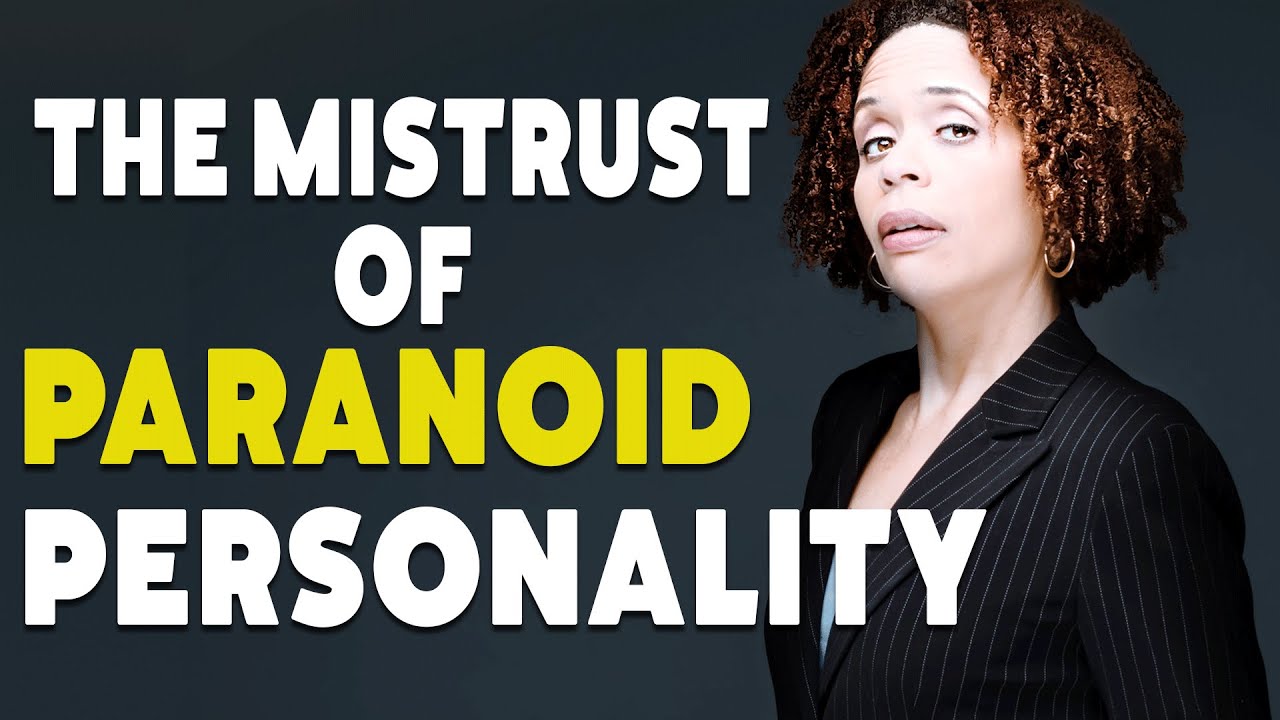
7 Real-World Examples of How Paranoia Affects Daily Life
John, a talented professional, found himself trapped in a web of suspicion after convincing himself that coworkers were undermining him. This irrational belief led to a breakdown in relationships, pushing him to quit a job that once offered him a bright future. His situation highlights how paranoia can disrupt not just personal aspirations but also the very fabric of professional life.
Social media can amplify feelings of paranoia, as Laura discovered. Convinced her friends were gossiping about her online, she began to withdraw from social gatherings. This self-imposed isolation showcases how online interactions can distort reality, making anxiety and distress all the more challenging to navigate.
Mark’s fear of illness spiraled into an endless cycle of doctor’s appointments and self-examinations, stoking his paranoia. Each checkup reinforced his belief that something was gravely wrong. This cycle exemplifies how paranoia can lead to self-destructive habits, impacting not only mental health but overall well-being.
Sarah’s heart was heavy with paranoia as she accused her partner of cheating—despite a lack of evidence. Her feelings of inadequacy clouded her judgment, creating a toxic atmosphere that ultimately resulted in the relationship’s collapse. This story underscores how paranoia can poison even the most intimate connections.
Michael turned to excessive drinking and drug use, which only aggravated his latent paranoia. Distancing himself from family and friends, he fell deeper into a cycle of addiction. His tragic story shines a light on the dangerous dance between substance use and mental health issues, amplifying the need for compassionate intervention.
A high-profile CEO’s paranoia became apparent after experiencing corporate takeovers. He suspected competitors were infiltrating his business, prompting invasive measures that stifled workplace culture. This real-world scenario illustrates how paranoia doesn’t just affect individuals; it can ripple through entire organizations.
Jessica’s severe depression collided with paranoia, creating an emotional storm that left her feeling trapped. Her experience drove her to seek help, reminding us that acknowledging the need for care is a brave, vital step in the healing journey from mental health crises.

Define Tough: Facing the Challenges of Paranoia
Facing paranoia is a tough ordeal—not just for those experiencing it but also for their loved ones. Family members often struggle to understand the irrationality of their loved one’s thoughts, creating rifts within relationships. Being patient, maintaining open lines of communication, and encouraging professional help are instrumental in weathering this storm together.
Therapeutic methods like cognitive-behavioral therapy (CBT) have proven effective in disrupting distorted thought patterns. Techniques that promote resilience and empower individuals towards healthier coping strategies can yield significant improvements in their daily lives. When it comes to addressing paranoia, teamwork is essential, as guiding someone through their fears can transform hardship into healing.

Define Turmoil: The Aftermath of Paranoia
Paranoia triggers a cycle of turmoil that reaches far beyond the individual suffering. Families can find themselves frayed at the edges, as misunderstandings arise and connections weaken. Trying to navigate feelings of fear and mistrust can create a ripple effect that leaves everyone feeling isolated.
Healing demands collective effort. Families must rally together, prioritizing understanding and open dialogue to rebuild trust amidst their challenges. Paranoia can create a rocky road, but when families unite, they can forge a path towards healing. Additionally, recognizing that treatment and transparency restore lost bonds can empower families to rise together.
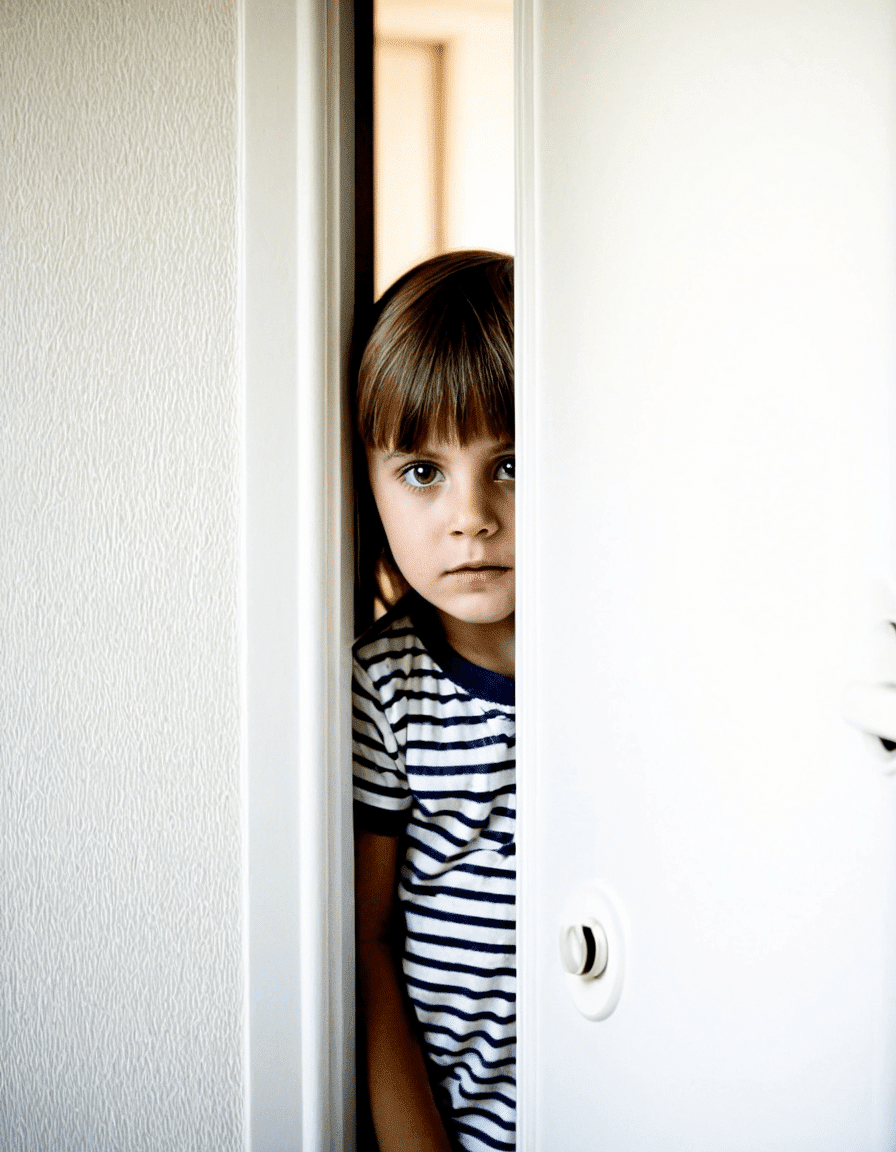
Define Psychotic: When Paranoia Escalates
It’s crucial to be aware that paranoia can morph into psychotic episodes. These severe reactions may include hallucinations or delusions, often seen in conditions like schizophrenia. Defining psychotic includes acknowledging that such experiences distort reality, making support vital.
Education about these extreme manifestations can empower families. By understanding and recognizing the signs of escalating paranoia, caregivers can intervene early, securing the necessary resources and help. Mindful, informed actions can turn what feels like a chaotic situation into a manageable one, especially for parents wrestling with fears surrounding addiction-related mental health issues.
![Paranoid Personality Disorder or Paranoia? [Causes, Signs, and Solutions]](https://www.mothersagainstaddiction.org/wp-content/cache/flying-press/cc2701c7fcce99c35d4e3bbecdfebb6a.jpg)
Define Melancholy: The Emotional Toll of Paranoia
Paranoia often leads down a path of melancholy, wrapping individuals in an emotional cocoon of despair. The constant dread and suspicion can pull people into an abyss of sadness, overshadowing moments of joy. It’s easy to feel trapped, lost, and overwhelmed, making it astounding how much emotional toll paranoia inflicts.
To combat these feelings, strong support systems are essential. Therapy provides a safe space for individuals to voice their fears, allowing for validation and healing. Community resources also act as lifelines, helping those suffering find solace and connection outside their own turmoil.
Define Anguished: Living in Constant Fear
Living with paranoia breeds an anguished existence. For many, each day feels like a tightrope walk, balancing trust and constant worry. Individuals trapped in this cycle may feel like they’re in a cage of their own making, where every shadow is suspect and every smile hides deception.
Compassionate care from family and friends can break these chains, paving the way for healing. Understanding their loved one’s struggles can foster an environment of empathy that encourages open conversation. Through transparent dialogue, families can create a sanctuary where individuals can express their fears and, importantly, feel supported rather than judged.
Define Selfish: The Baubles of Paranoia
In many cases, paranoia fosters a sense of selfishness. Individuals become so consumed by their fears that they often neglect the needs of those around them. Recognizing this is crucial, yet it’s equally essential to understand the deeper struggles at play.
Offering effective support means digging beneath the surface. Families need to approach their loved ones with kindness, reminding them that they’re not alone in their battles. Through understanding and patience, families can create a nurturing space where healing begins, replacing selfishness with genuine connections.
Addressing paranoia requires a comprehensive approach that considers the individual’s psychological state, social context, and familial dynamics. The interplay between fear and reality highlights the need for awareness and education. Here at Mothers Against Addiction, we aim to empower families facing the challenges of addiction and mental health struggles, creating a community where hope thrives. Though the journey may be arduous, healing is possible, and together, we can rebuild the fabric of life amidst the shadows cast by paranoia.
Define Paranoia: Understanding the Spectrum of Fear
When we try to define paranoia, we’re stepping into a world of fear and mistrust that can color everyday life. Paranoia often twists thinking, making ordinary situations seem ominous. For example, people might suspect that others are scrutinizing them more than they actually are. This distorted lens can strain relationships, making it hard for those affected to connect with loved ones. Curiously, on a different note, just as nostalgia can pull us back to happier times, ruminating over past experiences might deepen paranoid thoughts. It’s like flipping the switch on “nostalgia inside out” – thinking of what was, rather than enjoying what is.
The Many Faces of Paranoia
Interestingly, defining paranoia not only includes clinical terms but also dives into pop culture. For instance, many TV shows showcase characters exhibiting paranoid behavior, perhaps for comedic relief or to highlight deeper social issues. Shows featuring actors like Claes Bang often bring to life characters dealing with mistrust, reflecting a societal understanding that’s both entertaining and thought-provoking. In fact, it’s fascinating to see the overlaps between entertainment and real-life challenges, as evidenced in various series, sometimes featuring actors like Edward Bluemel who navigate similar themes.
Paranoia in Everyday Life
So, what does it mean for us? Understanding how to define paranoia can shed light on the emotional turmoil it brings. It doesn’t just derail our thoughts; it affects our actions, driving wedges between friends and family. Think about it: if someone is overly suspicious, they might accuse others without grounds or feel threatened in harmless situations. Just as low self-esteem can limit one’s perspective, paranoia can lead to a feeling of isolation and confusion. People may wonder, “What’s the reality here?” – prompting thoughts like, “Why did Joe leave ‘Impractical Jokers’?” This can lead to an inner dialogue that spirals downward, just as wrestling with meaning around terms like SSI or EOE can leave someone questioning their place in the world.
To wrap it all up, defining paranoia isn’t just about knowing the dictionary definition – it involves unpacking a rich tapestry of thoughts and emotions, interwoven with our daily lives. The journey, while fraught with misunderstanding, opens the door for awareness and empathy, allowing us to support those grappling with its effects. So when you encounter paranoia in yourself or others, remember: behind every paranoid thought, there may be layers waiting to be peeled back.
